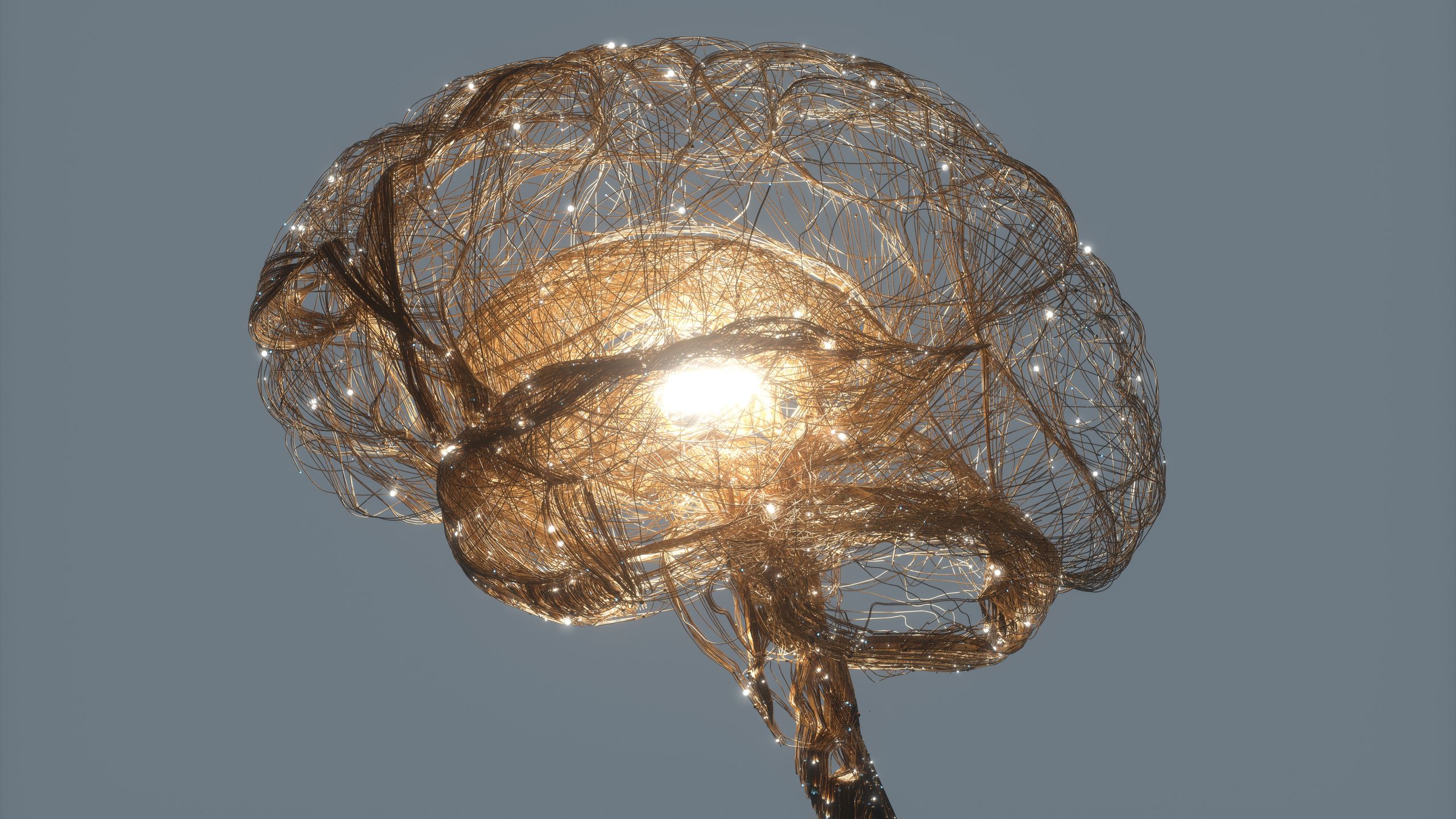It is not nearly so far a journey as you’d expect between flying and frying. At 10, my father sent me down to the small youth club at the bottom of the hill behind our house in London to study judo. Our dojo master Tom must have been in his 50s…
Author: admin
-

How did human consciousness evolve? Neuroscientist Nikolay Kukushkin traces our sophisticated brains back to the first complex cells
“Consciousness,” although challenging to define, can be thought of as a first-person awareness of one’s surroundings and oneself. You sense the world through your eyes, nose, ears and hands, and track your internal bodily states via interactions…
Continue Reading
-
Robertson’s return: “In SailGP you’ve got to perform, otherwise you’re out” – SailGP
- Robertson’s return: “In SailGP you’ve got to perform, otherwise you’re out” SailGP
- ‘Lot of money on the line’ – How £2.6b industry influenced SailGP’s bold new innovation talkSPORT
- Red Bull Italy signals a major reset as New…
Continue Reading
-

Bangladesh court sentences Sheikh Hasina to 21 years in jail in corruption cases
Bangladeshi rAmy soldiers guard outside the demolished residence of Sheikh Mujibur Rahman, Bangladesh’s former leader and the father of the country’s ousted Prime Minister Sheikh Hasina.
…Continue Reading
-

Celebrity Traitors star Ruth Codd recovering after second leg amputation
Pete AllisonCulture reporter
 Getty Images
Getty ImagesRuth Codd had said before her operation she hoped to feel “pretty unstoppable” after the procedure Celebrity Traitors player and actress Ruth Codd has said she is recovering after a second leg amputation…
Continue Reading
-

Demand for Cold Insulation in USA | Global Market Analysis Report
Demand for Cold Insulation in USA Forecast and Outlook 2025 to 2035
The demand for cold insulation in the USA is expected to grow from USD 3.1 billion in 2025 to USD 6.4 billion by 2035, reflecting a compound…
Continue Reading
-

The Oscar-tipped Shakespeare drama is moving but ‘manipulative’
The Shakespeare drama starring Paul Mescal and Jessie Buckley has a stellar cast but is “exploitative” and lacks subtlety – “it tugs the heartstrings and targets the tear ducts with absolute ruthlessness”.
There’s no doubt that, in many people’s…
Continue Reading
-

Udo Kier obituary | Film
Flesh for Frankenstein, the 1973 erotic horror film that brought the actor Udo Kier an early taste of fame, was presented in 3D, the better to make its ingeniously disgusting effects truly pop. The gory highlight showed Kier, as Baron…
Continue Reading
-

CloudKitchens CTO Says He Might Add an IQ Test for Job Seekers
CloudKitchens CTO Brian Atwell said he has considered a way to shake up the startup’s hiring process by implementing one of the oldest kinds of tests.
“It probably wouldn’t hurt if you slapped an IQ test in front of…
Continue Reading
-

China issues first batch of 2026 crude oil import quotas for independent refiners
SINGAPORE, Nov 27 (Reuters) – Independent refiners in China have received their first batch of crude oil import quotas for 2026 that can be used for cargoes arriving by the end of the year, trade sources said on Thursday.
The release of the fresh quotas is expected to boost crude imports by the world’s largest oil importer and ease a supply glut.
Sign up here.
Among the refiners, Hengli Petrochemical received a quota to import 2 million metric tons (40,000 barrels per day) of crude, said two of the sources with knowledge of the matter.
Rongsheng Petrochemical was permitted to import 750,000 tons, while Shenghong Petrochemical and Hongrun Petrochemical received quotas of 120,000 tons and 530,000 tons, respectively, three sources with knowledge of the matter said.
A source at another independent refiner said the company expected to receive official notification later on Thursday.
Tallies from trade sources showed that quotas of about 8 million tons have been issued to 21 refiners so far, up from 6.04 million tons issued in November 2024.
China’s commerce ministry, which regulates crude oil import quotas, did not immediately respond to a Reuters fax message to seek comment.
Last month, the ministry set the crude import quota for non-state trade at 257 million tons for 2026, unchanged from 2025.
Beijing is expected to dispatch the remaining quota for 2026 early next year, one of the sources said.
“The new issuances are expected to lift prices for prompt Iranian, Venezuelan, and Russian cargoes and help clear part of the floating storage,” Kpler’s senior analyst Xu Muyu wrote in a report on Thursday.
“The broader oil market is also set to find some support, although growing scepticism over US sanctions and lingering oversupply concerns are likely to keep persistent downward pressure on Dubai prices,” she added, referring to the Middle East crude price benchmark.
In October, the shortage of import quotas and tightening Western sanctions curbed China’s imports, leading to deeper discounts for sanctioned oil and a surge in the volume of oil stored on board ships in Asian waters.
Reporting by Chen Aizhu, Liu Siyi, Florence Tan and Trixie Yap; Additional reporting by Sam Li in Beijing; Editing by Christian Schmollinger, Thomas Derpinghaus and Clarence Fernandez
Our Standards: The Thomson Reuters Trust Principles.
Continue Reading
